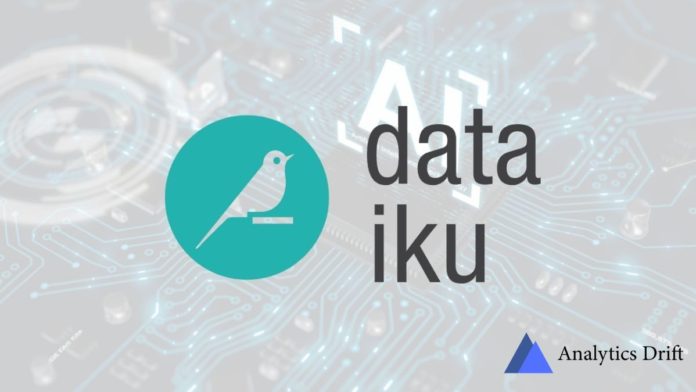This week, Dataiku debuted version 10 of their unified AI platform. Dataiku is an AI platform that allows businesses to turn raw data into advanced analytics and data visualization. It provides a seamless online version of the Enterprise AI platform to quickly and successfully promote development in smaller businesses.
Dataiku 10 comes with a built-in set of tools to assist IT administrators and data scientists in evaluating, monitoring, and comparing models in development or production. With integrated industry solutions, dedicated workspaces for business users, and accelerators for exploratory data analysis, geospatial analytics, and machine vision, Dataiku 10 enables enterprises to provide AI results quicker. Furthermore, Dataiku 10 helps businesses provide value quicker by combining industry-specific solutions, enterprise work environments, faster exploratory data analytics, spatial data analytics, and photo and video analytics (computer vision).
The new Dataiku 10 version has received a substantial upgrade that focuses on three key features and themes:
Scaling analytics and ML activities in a secure manner
The MLOps capabilities in Dataiku 10 have been enhanced to enable IT operators and data scientists to analyze, monitor, and compare machine learning models in development and production. Teams can gain a better understanding of the behavior and performance of live models with automatic drift analysis and enhanced “what-if” simulations.
In an attempt to ease the work of data scientists, Dataiku’s AI platform offers no-code GUIs for data prep and AutoML features to do ETL, train models, and assess their quality. This feature is designed for technically skilled users who do not know how to code and allows them to perform numerous data science activities. Users can use a no-code GUI to decide which ML models the AutoML algorithm can utilize and conduct simple feature manipulations on the supplied data.
Read More: Dataiku Takes Its Machine Learning Platform To The Cloud
Following training, the page offers visuals to help in model interpretability, including not just regression coefficients, hyperparameter selection, and performance indicators, but also more advanced diagnostics such as subpopulation analysis.
Governance and oversight
AI professionals, risk managers, and key stakeholders may use Dataiku’s AI Governance to comprehensively manage projects and models, as well as monitor the overall progress of the AI portfolio. Customers can view all of their models in a central model registry, regardless of whether they were created in Dataiku or with third-party tools like MLflow. Superior AI oversight is provided through structured frameworks for project workflows, approvals, and project qualification.
Accelerate value realization with business solutions and accelerators
Customers can choose and harness the appropriate tools for their goals from projects produced for various use cases in many sectors, and organizations can expedite the pace of value realization. These advanced tools include new geographic analytics, native deep learning capabilities, aided data exploration, and better visual and interactive insights.
According to Clément Stenac, CTO and co-founder of Dataiku, “We have always been convinced that non-specialists must also be involved throughout the organization in order to be able to apply AI on a large scale. Dataiku 10 makes that possible.” By focusing on the above three core areas, Dataiku 10 aims to increase the engagement of AI adjacent roles such as IT operators, risk managers, project managers, and domain experts.


